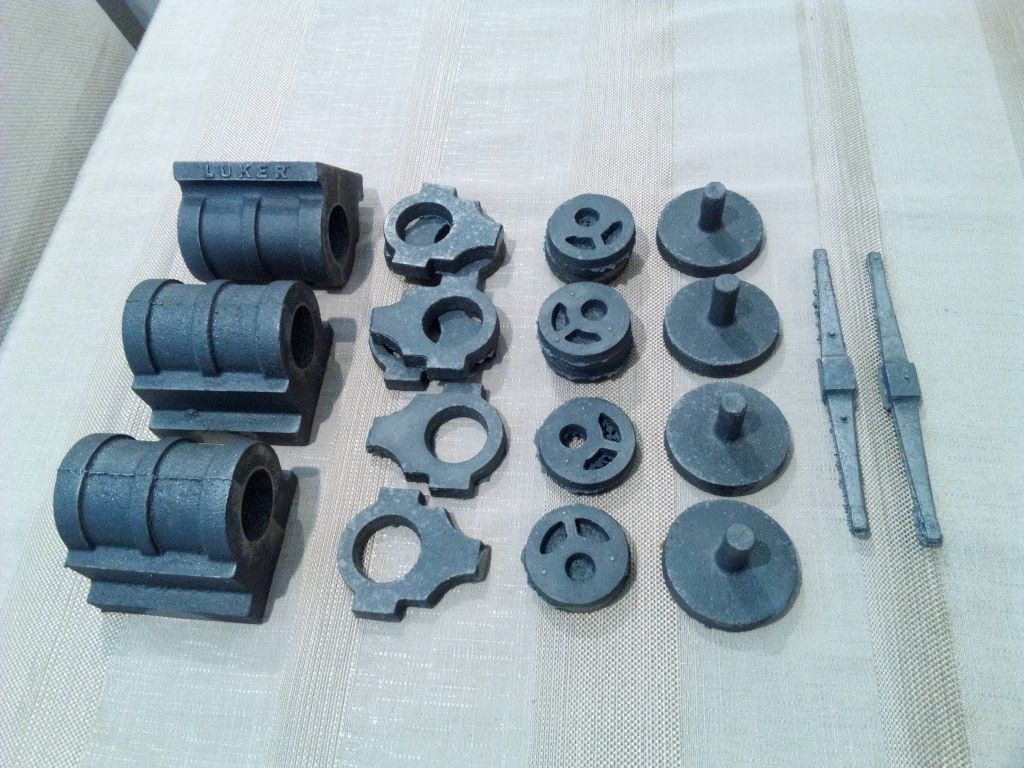Pattern making using 3D printing
Pattern making using 3D printing
- This topic has 7 replies, 4 voices, and was last updated 12 April 2021 at 18:59 by
Brian H.
Viewing 8 posts - 1 through 8 (of 8 total)
Viewing 8 posts - 1 through 8 (of 8 total)
- Please log in to reply to this topic. Registering is free and easy using the links on the menu at the top of this page.
Latest Replies
Viewing 25 topics - 1 through 25 (of 25 total)
-
- Topic
- Voices
- Last Post
Viewing 25 topics - 1 through 25 (of 25 total)
Latest Issue
Newsletter Sign-up
Latest Replies
- Stopping milling chips going everyehere
- What Did You Do Today 2025
- VFD Article in May issue 351
- Power tapping on the sx2p??
- First 3D metal Printed Part
- Clarify some plain bearing engineering principles please.
- Gas Engine Needle Valve
- Solar panel lighting problem
- Hello from Sussex
- Motor to lead screw coupling method






